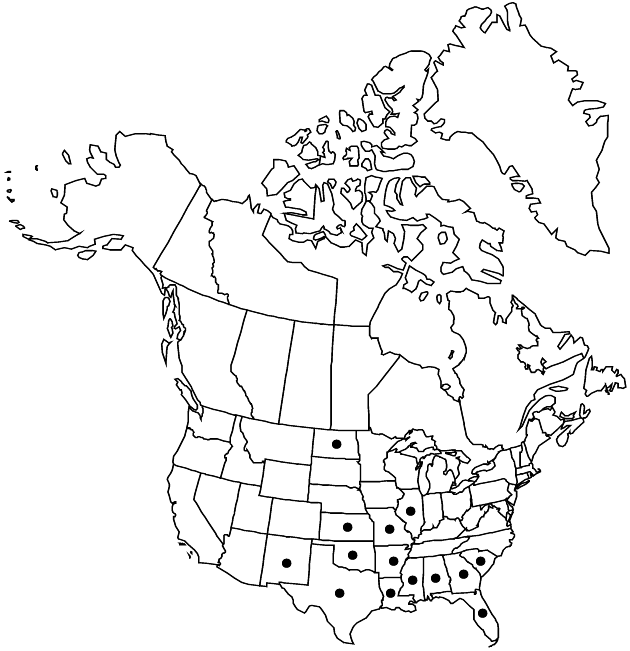Difference between revisions of "Rudbeckia amplexicaulis"
Skr. Naturhist. Selsk. 2(2): 29, plate 4. 1793.
FNA>Volume Importer |
FNA>Volume Importer |
||
| Line 51: | Line 51: | ||
|publication year=1793 | |publication year=1793 | ||
|special status= | |special status= | ||
| − | |source xml=https://jpend@bitbucket.org/aafc-mbb/fna-data-curation.git/src/ | + | |source xml=https://jpend@bitbucket.org/aafc-mbb/fna-data-curation.git/src/f6b125a955440c0872999024f038d74684f65921/coarse_grained_fna_xml/V19-20-21/V21_88.xml |
|tribe=Asteraceae tribe Heliantheae | |tribe=Asteraceae tribe Heliantheae | ||
|subtribe=Asteraceae (tribe Heliantheae) subtribe Rudbeckiinae | |subtribe=Asteraceae (tribe Heliantheae) subtribe Rudbeckiinae | ||
Revision as of 18:50, 24 September 2019
Leaf blades 3–15 × 0.5–4 cm. Involucres 1–4 cm diam. Phyllaries spreading to reflexed, green, linear to lanceolate, herbaceous. Ray laminae spreading, eventually reflexed, elliptic to obovate, 12–30 × 7–15 mm, abaxially hirsute. Disc corollas 2.8–3.5 mm. Cypselae: each face 4–5-striate and minutely cross-rugose, glabrous; pappi 0 (cypselae each with ring of tan tissue at apex, ca. 0.1 mm). 2n = 32.
Phenology: Flowering late spring–summer.
Habitat: Open sites, moist soils
Elevation: 0–400 m
Distribution

Ala., Ark., Fla., Ga., Ill., Kans., La., Miss., Mo., N.Mex., N.Dak., Okla., S.C., Tex.
Discussion
Rudbeckia amplexicaulis grows mainly in the Gulf coastal plain and Mississippi Embayment. It may be adventive elsewhere. It is used in “native” meadow and roadside plantings and has become a problem in some agricultural crops.
Selected References
None.
